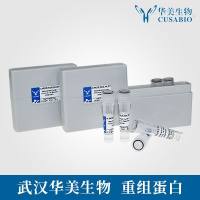Determination of NOS Activity Using Cyclic-GMP Formation
互联网
491
Nitric oxide (NO) produced from L -arginine during the activation of nitric oxide synthase(s) (NOS) in cells has pleiotropic effects and can behave as an intracellular modulator of cellular activity, as well as an intercellular messenger which diffuses from the originator cell to affect other “target” cells in a paracrine manner. NO effects on cells include adenine diphosphate (ADP)-ribosylation and nitrosation/nitration of proteins, and the activation of soluble guanylyl cyclase (GC-S) to form guanosine 3′,5′-cyclic monophosphate (cGMP) (1 ). GC-S contains heme as a prosthetic group, and NO apparently binds to the heme moiety and induces a conformational change in the enzyme which either dis-inhibits or activates the catalytic site (2 ). NO activation of GC-S has been demonstrated for numerous tissues. NO’s ability to activate GC-S and increase cGMP levels has been used to advantage to determine the production and levels of NO in originator cells as well as in target cells employed in the capacity of a bioassay. Whereas the half-life of NO is very short and the gas is difficult to measure during short periods of stimulation, in the presence of a phosphodiesterase inhibitor, the levels of cGMP produced in response to GC-S activation are stable and quantitative. Variations on the assay methods for NO-stimulated cGMP production include incubating the cytosolic fraction of cells with purified GC-S for quantitation of cGMP (3 ), prelabeling cells with [3 H]guanosine for quantitation of [3 H]cGMP (4 ), and adding cells or the supernatant fractions from cells stimulated for NOS activity to NO target cells, such as RFL-6 cells, which are rich in GC-S and respond in a sensitive manner to exogenously supplied NO, for quantitation of cGMP production (5 ).






